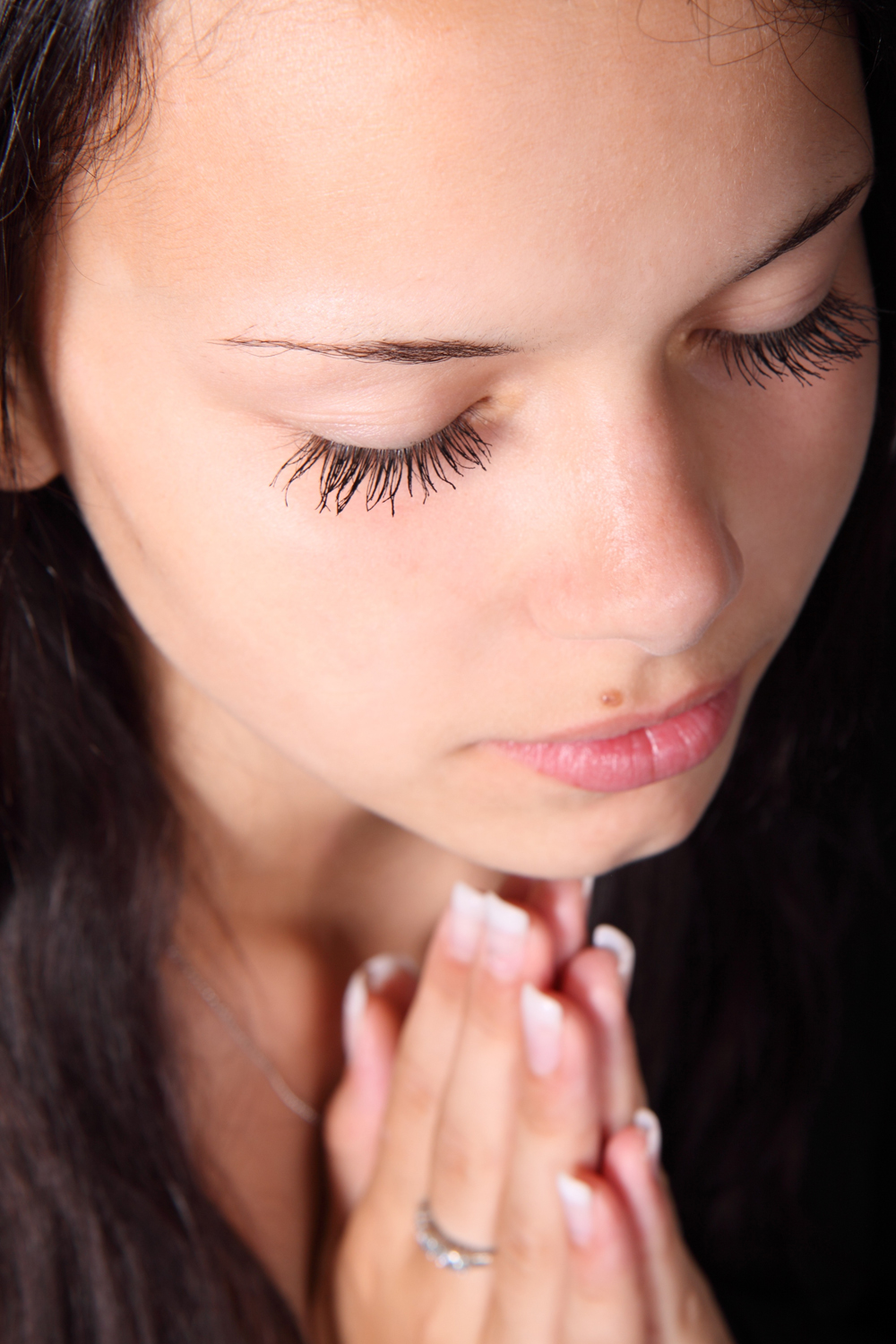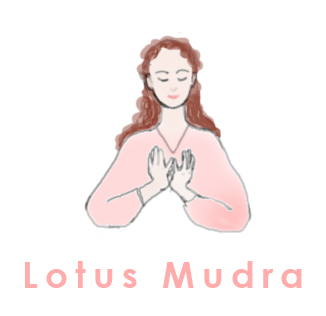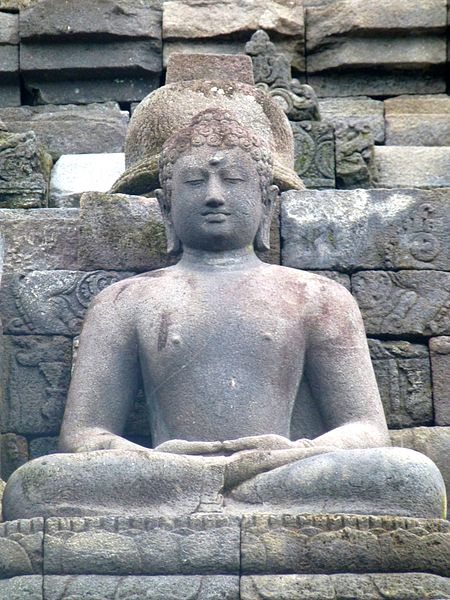If you open up Instagram, “yoga” looks like headstands, wild dancing flows, and complicated asanas. The truth about yoga, however, is that we can practice yoga with a simple hand gesture, called a “mudra.”
Yoga mudras provide many different benefits. The whole body is connected, from our toe tips to our head to our fingertips. When we move our hands in a certain way or place them in a specific gesture, changes will happen throughout our entire body. The flow of energy changes and pressure points are activated. When we place our hands in a mudra, we are cultivating those benefits and making real change happen in our bodies.
While each mudra is different, it is recommended that practitioners practice yoga mudras while meditating. We can gain the benefits of these mudras by holding them for extended periods of time; newer practitioners should start by holding a mudra for 5 minutes at a time, or meditating for shorter periods of time, working up to 15 minutes or longer.

There are many, many yoga mudras to choose from; but I’ve narrowed the list down to seven of my favorites. Each of these seven can help to manifest calm and peace within the body. I show two of these mudras in my Sunrise Seated Flow and Meditation. Even if we are using the upper half of our body, or maintain stillness for long periods of time, we can still practice yoga.
Anjali Mudra

(Palms together at heart center, in prayer position.)
This is a mudra that we may have practiced in prayer or meditation. The Anjali mudra honors our practice and allows us to offer our full selves to our journey. I like to offer positivity, gratitude, or joy to someone else while practicing this mudra. When we are practicing the Anjali mudra, it is also a good time to remember that no matter where we are in our practice, that our efforts should be appreciated and we should feel gratitude to ourselves for our practice. Of course, any intention or offering is okay.
This is also known as a namaste gesture.
Padma Mudra

(Palms together; pinkies and thumbs touching; middle three fingers spread apart.)
Also known as the Lotus Mudra, this mudra helps us to realize our potential. The lotus flower is a powerful symbol; it’s a beautiful flower that grows out of the mud. The contrast between the lotus and the mud is quite striking and has led the lotus to hold significance for ancient Egyptians, Hindus, and Buddhists. The lotus symbolizes rebirth, purity, and spirituality. Like the lotus, we can grow out of muddy or ugly conditions, and emerge as a beautiful spirit. The mudra calms the mind and manifests our strength and resilience.
This mudra is typically practiced in lotus pose, tree pose, or hero pose.
Uttarabodhi Mudra
(Palms together at solar plexus; all fingers clasped except for thumbs and pointer fingers. Pointer fingers are together, pointing up; thumbs are together, pointing down.)
This mudra is exciting! This gesture is one of realizing enlightenment; while it encourages concentration and focus, it also drums up positive vibrations. Practicing this mudra can help to bring us closer to the Divine.
Uttarabodhi Mudra is a wonderful way to close out a morning practice.
Dhyana Mudra

(Hands on lap, facing upward; right hand on top of left; thumbs touching and facing down.)
In Ashtanga, dhyana is the seventh limb of yoga. Dhyana is meditating or focusing on one point with all of your energy and intention. The dhyana mudra helps us along this journey of reaching meditation.
Ksepana Mudra
(Palms together; fingers clasped except for pointer fingers. If sitting, pointer fingers pointed down; if laying down, pointer fingers pointed at feet.)
If you are ever feeling stuck due to negative energy, this is the mudra for you. The ksepana mudra allows you to flush out negative energy and toxins, making more room for positive thoughts and energy.
Hakini Mudra
(Palms apart, fingertips touching; hands at third eye chakra)
If your mood is influenced by clutter in the mind, try meditating with the Hakini Mudra. This mudra helps to increase focus and memory. The right and left hemispheres of the brain begin to work better together, and all of the thoughts floating around in your brain become organized. Hakini Mudra is wonderful for encouraging mental clarity and calm.
This mudra is recommended before making important decisions or presenting knowledge to others.
Gyan Mudra
(There are a few variations, but this is the most common: place hands on knees or in front of you, with palms facing up. Bring the tips of the thumb and pointer finger together; hold with light pressure. Extend, calmly, the other three fingers.)
This mudra is also commonly known to bring knowledge to the yogi. Gyan Mudra is a very common hand gesture that has a wide array of benefits. In addition to cultivating knowledge, meditating with the gyan mudra brings calm, spiritual openness, and helps to ground the practitioner.
Which yoga mudras do you like to meditate with? When do you use mudras in everyday life? Let me know in the comments how you practice with mudras!
Also by Megan: 4 Cooling Breath Techniques For When Literally Everything Is Making You Steam
How Yoga Helped Me Reclaim My Body After Sexual Assault
Related: 4 Alternate Forms of Meditation You Can Start Today
Get more like this—Subscribe to our daily inspirational newsletter for exclusive content!
__
Photo: Pexels, Wikimedia Commons, Peaceful Dumpling, Wikimedia Commons




